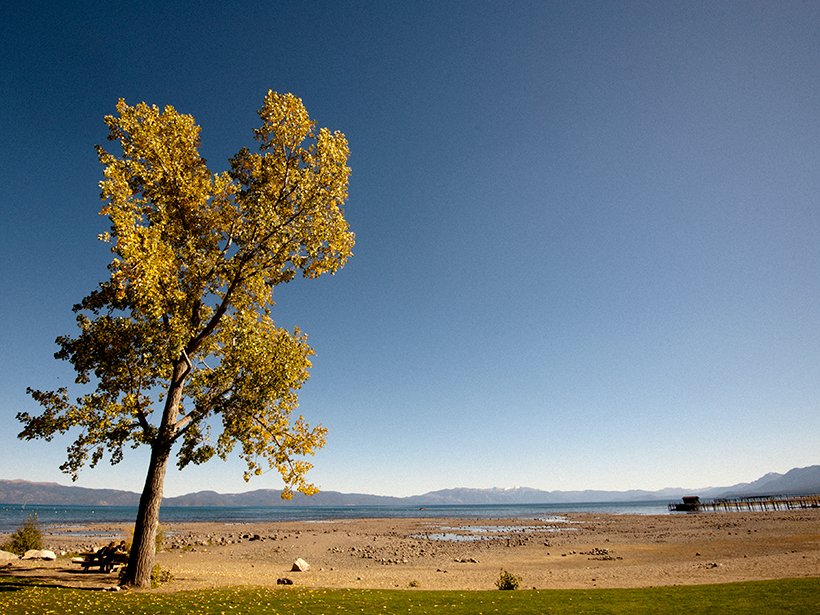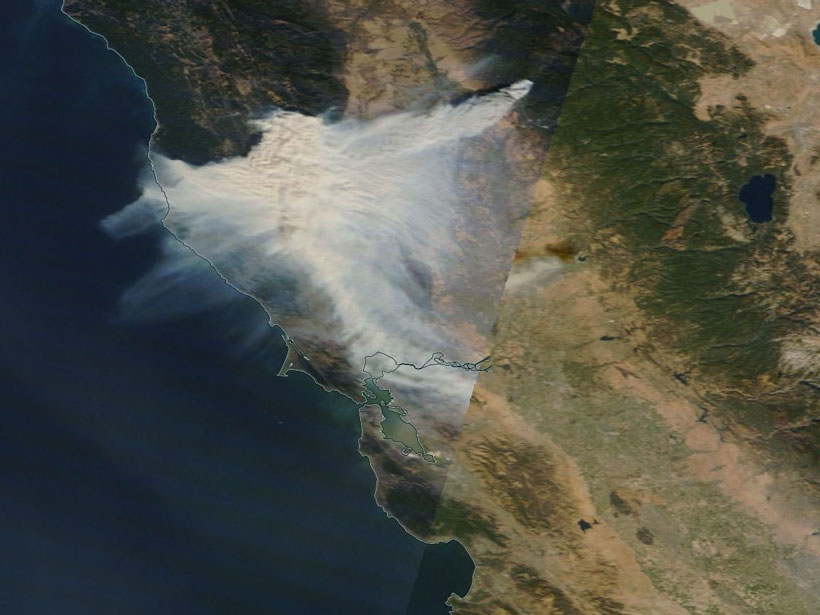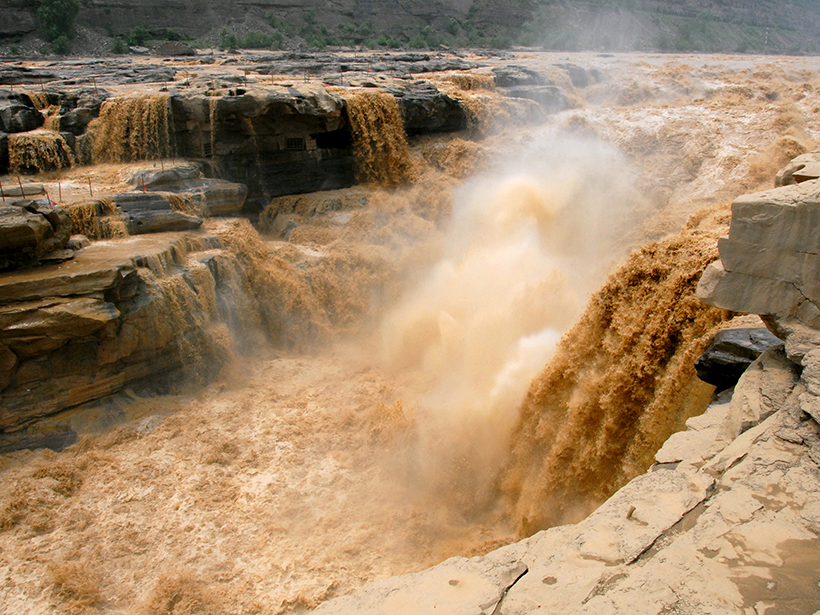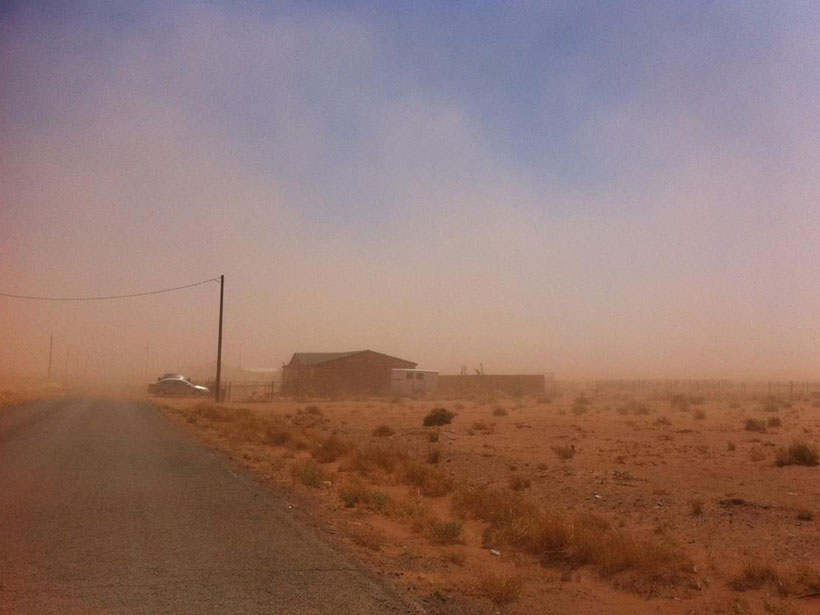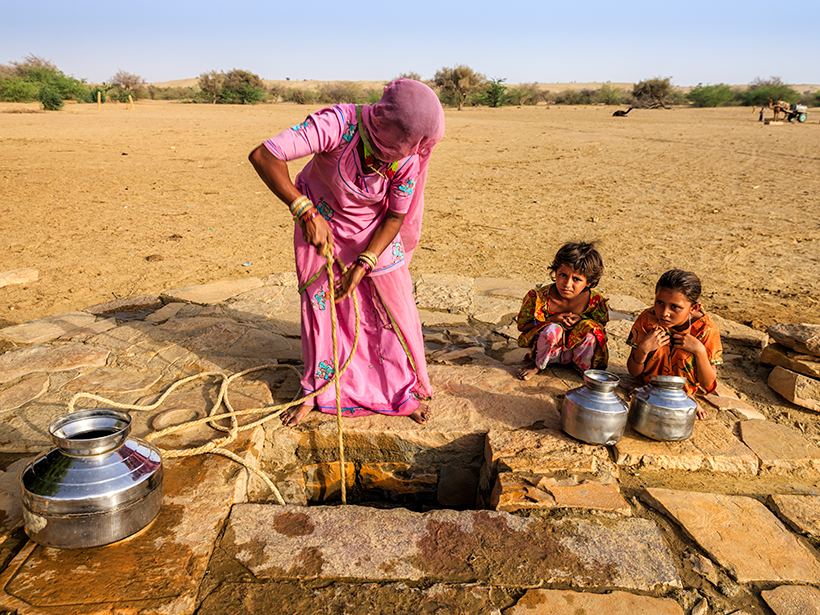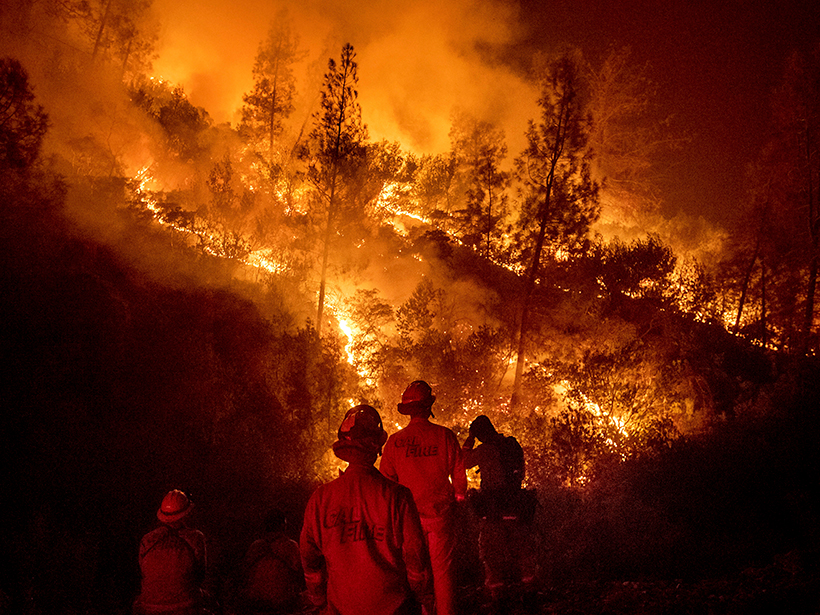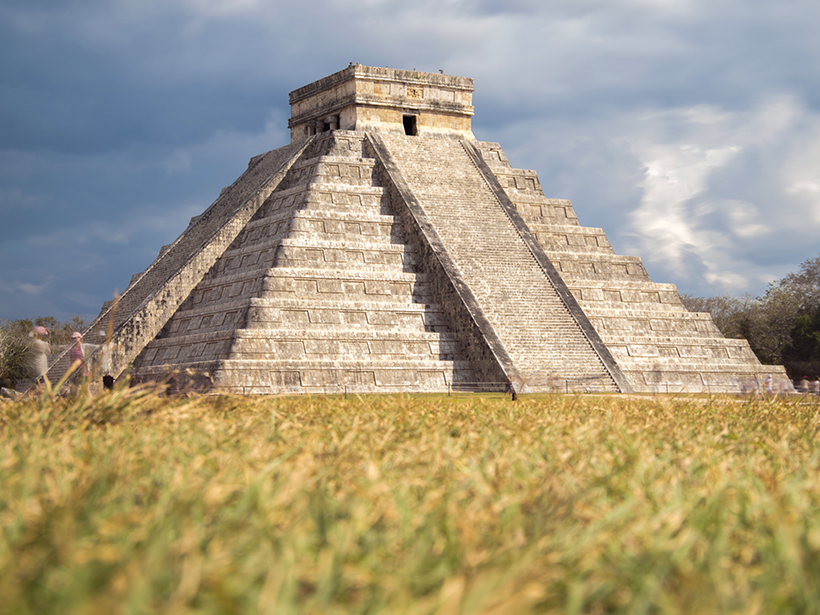Tree rings help scientists trace the influence of greenhouse gas emissions on 20th-century drought conditions.
drought
New Eyes on Wildfires
Onboard machine learning and compact thermal imaging could turn satellites into real-time fire management tools to help officials on the ground.
Through Flood and Drought: Reconstructing the Yellow River
Tree ring chronologies fill in gaps in the historical record and offer insights into the natural flow of China’s Yellow River.
Better Approaches to Managing Drought in the American Southwest
USGS Southwest Region 2018 Science Exchange Workshop: Drought Science; Fort Collins, Colorado, 25–27 September 2018
Is the Recent Drought on the Colorado River the New Normal?
Understanding Historical Changes in the Flow of the Colorado River; Boulder, Colorado, 24–25 September 2018
Rising Temperatures Reduce Colorado River Flow
Hotter conditions have played a much greater role in reducing flow during the ongoing Millennium Drought than in a mid-20th century drought.
Earth’s Devastating Power, Seen by Satellite
Hurricanes, volcanoes, droughts, floods, fires, tsunamis: Satellites capture some of Earth’s most destructive forces.
A Closer Look at the Sustainability of Our Groundwater Aquifers
Researchers use a new approach to assessing the world’s largest aquifers in hopes of improving groundwater management during drought periods.
How Forecasting Models Are Changing the Way We Fight Fires
Eos speaks with Andy Edman, western region chief of the Science and Technology Infusion Division at the National Weather Service, about how the agency is helping wildfire crews fight fires from space.
Severe Drought May Have Helped Hasten Ancient Maya’s Collapse
Chemical signatures from sediments in lake cores reveal that the centuries-long drought during the fall of Classic Maya civilization was worse than researchers had imagined.

